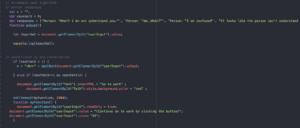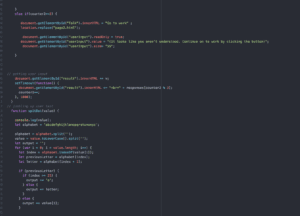The internet art project I decided to reflect on was taken from the Rhizome database. Made by Brian Piana in 2012, Always Loading is an HTML-5 animation inspired by the loading icon Chrome uses inside of its tabs.
The project was simply a perpetually loading icon, inspired by chrome inside of its tabs, but blown up to a huge scale. When you see the loading icon on Chrome, it is normally a lot smaller, and a lot more circular, but when blown up, it looks a lot less discernable as a circle.

The icon was designed to speed up in its rotation and change color the longer you view the page. In a way, it seems like its getting somewhere, but it’s not. It revolves or spins in perpetuity. To me, it dawned on me that when we navigate the online world, we rely on icons or visual cues to understand what is going on. These cues, to people who have grown up with the internet, like me, have become intuitive to understand. But when blown up, they can be meaningless. The color and the speed of the loading icon on chrome would normally indicate the speed at which the site is loading up, or how long it is taking to buffer, the same goes for the color. The longer I stare at the loading icon, the more I think it speeds up. I’d like to think it’s getting somewhere, but upon further viewing, I am unsure if it even is speeding up at all.
What does this icon say about the way society views the internet and its pages?
- Visual cues determine the discernability, legibility, and navigability of the internet. These cues can often be arbitrary cues that we ascribe random meanings based on context.
- On the question of whether or not the icon is speeding up… to this point, I am still unsure about whether or not there is a change in the rotation speed of the icon, what I am certain of though, is that it says a lot about the fast-paced expectation of society on demand. With shorter attention spans, the more impatient we get with the internet.One simple icon that is seen in everyday internet navigation for most of the world who use chrome as their primary web-browser, blown up and spun in perpetuity, made me think of these questions. Imagine what other random iconographic aspects when taken out of context, or when not operational, make no sense. I’m guessing, all of them.
http://rhizome.org/art/artbase/artwork/always-loading/
http://www.alwaysloading.com/


